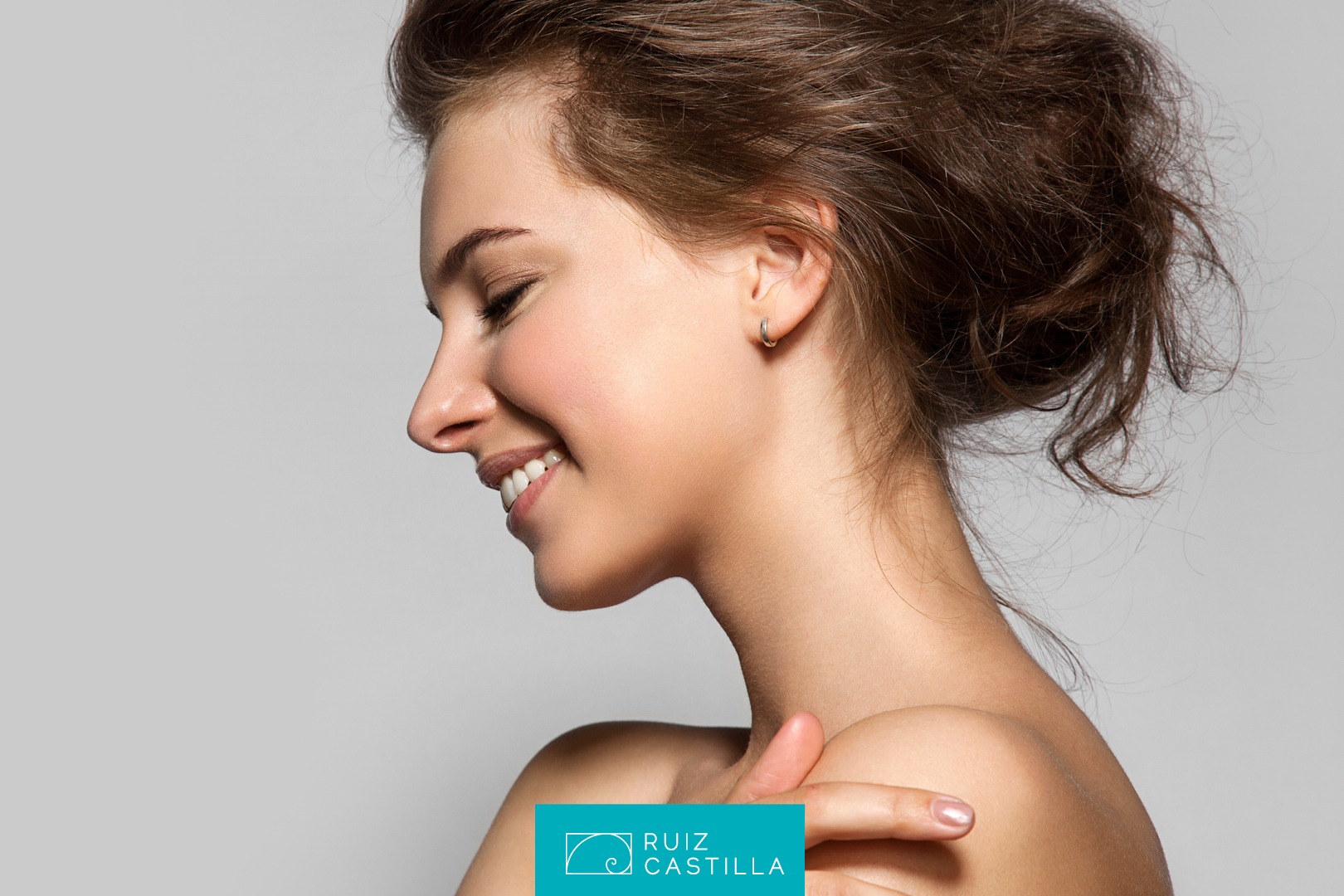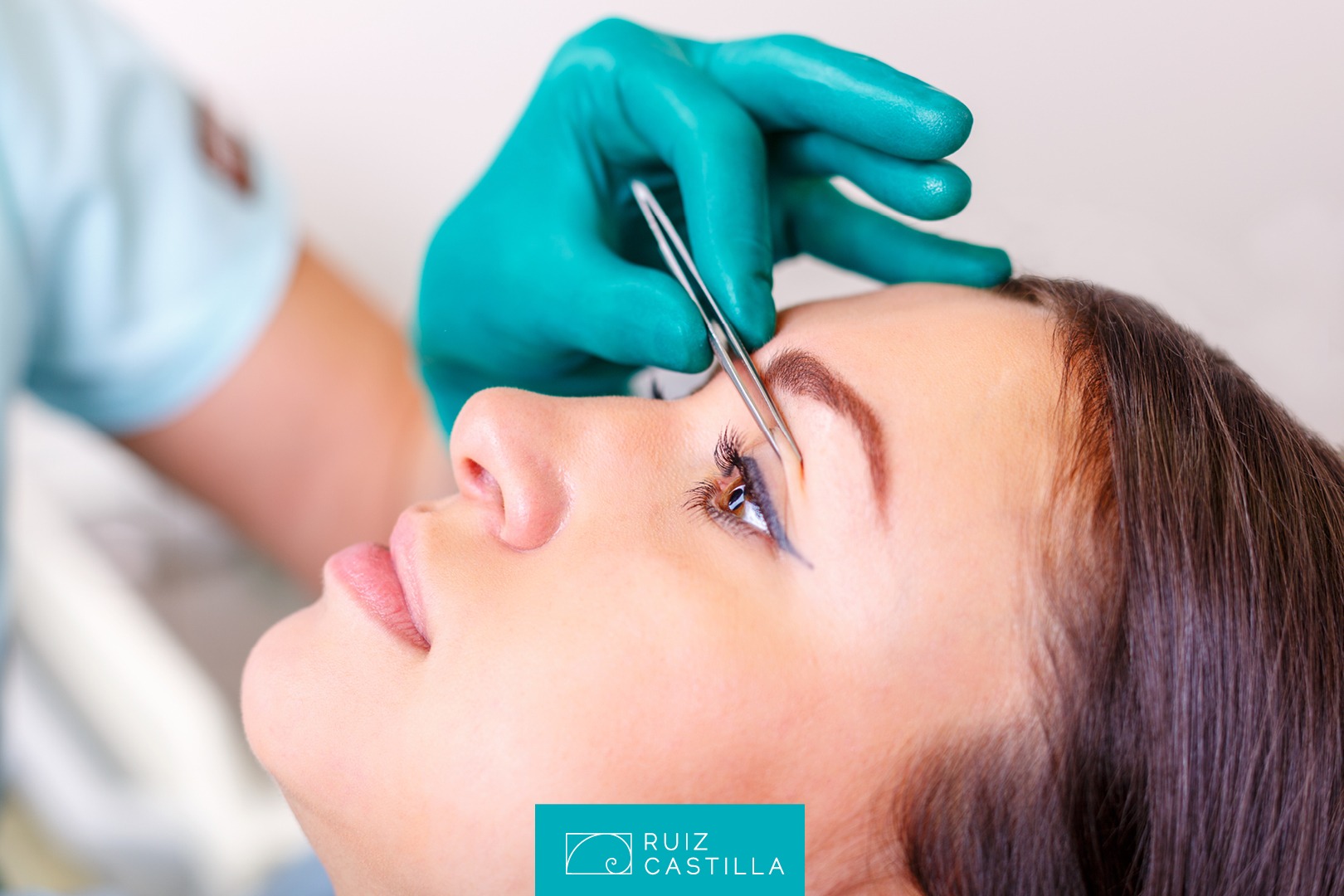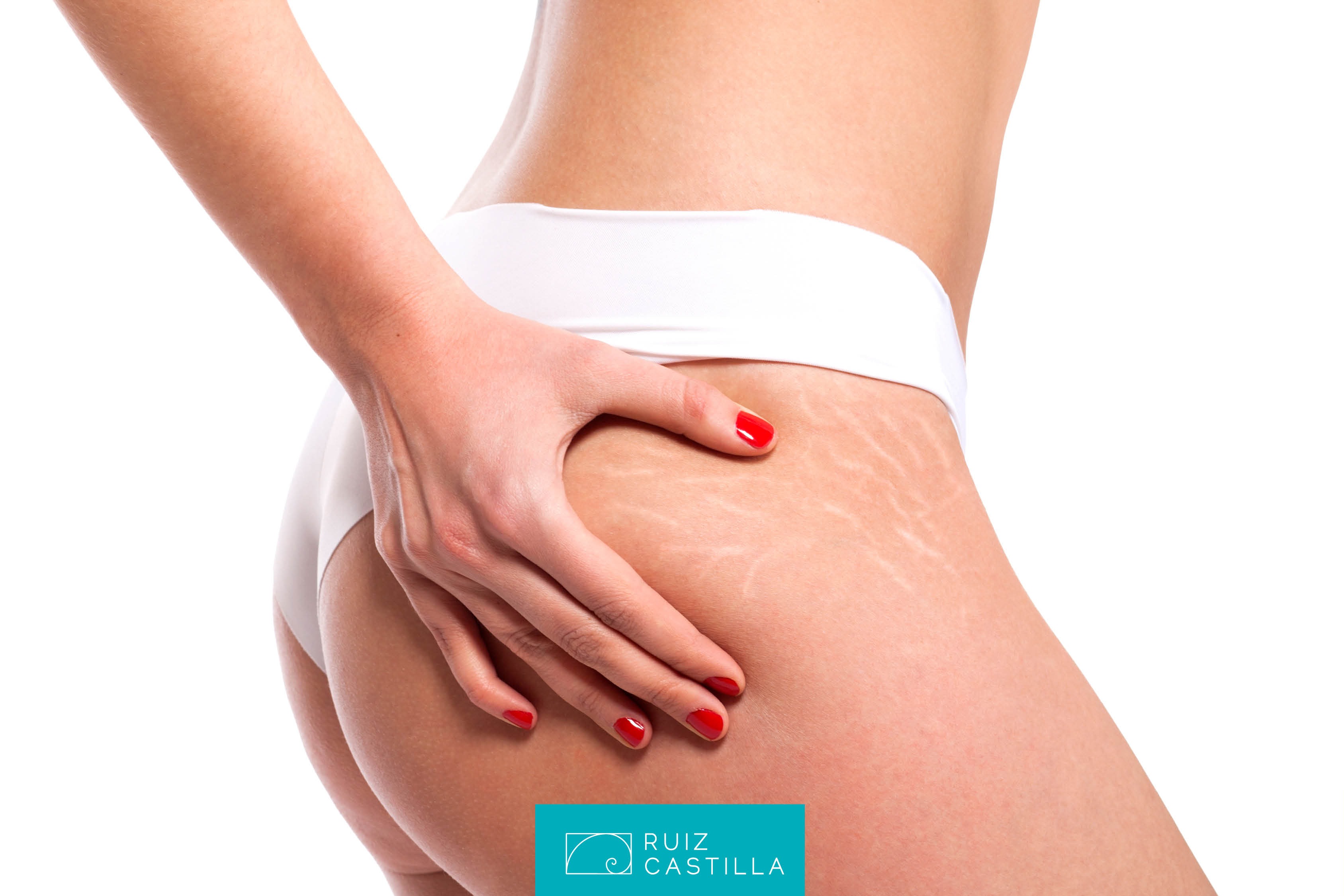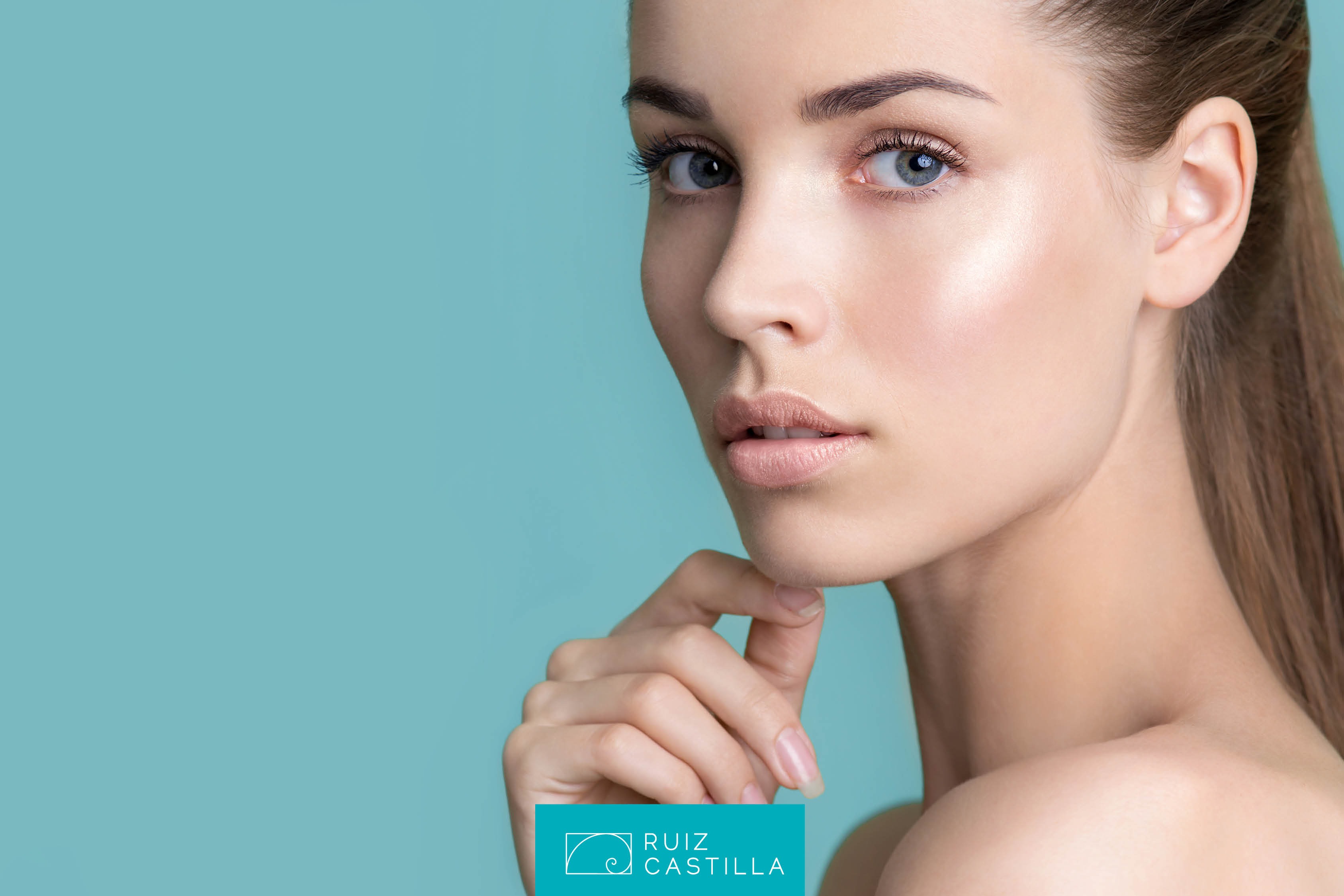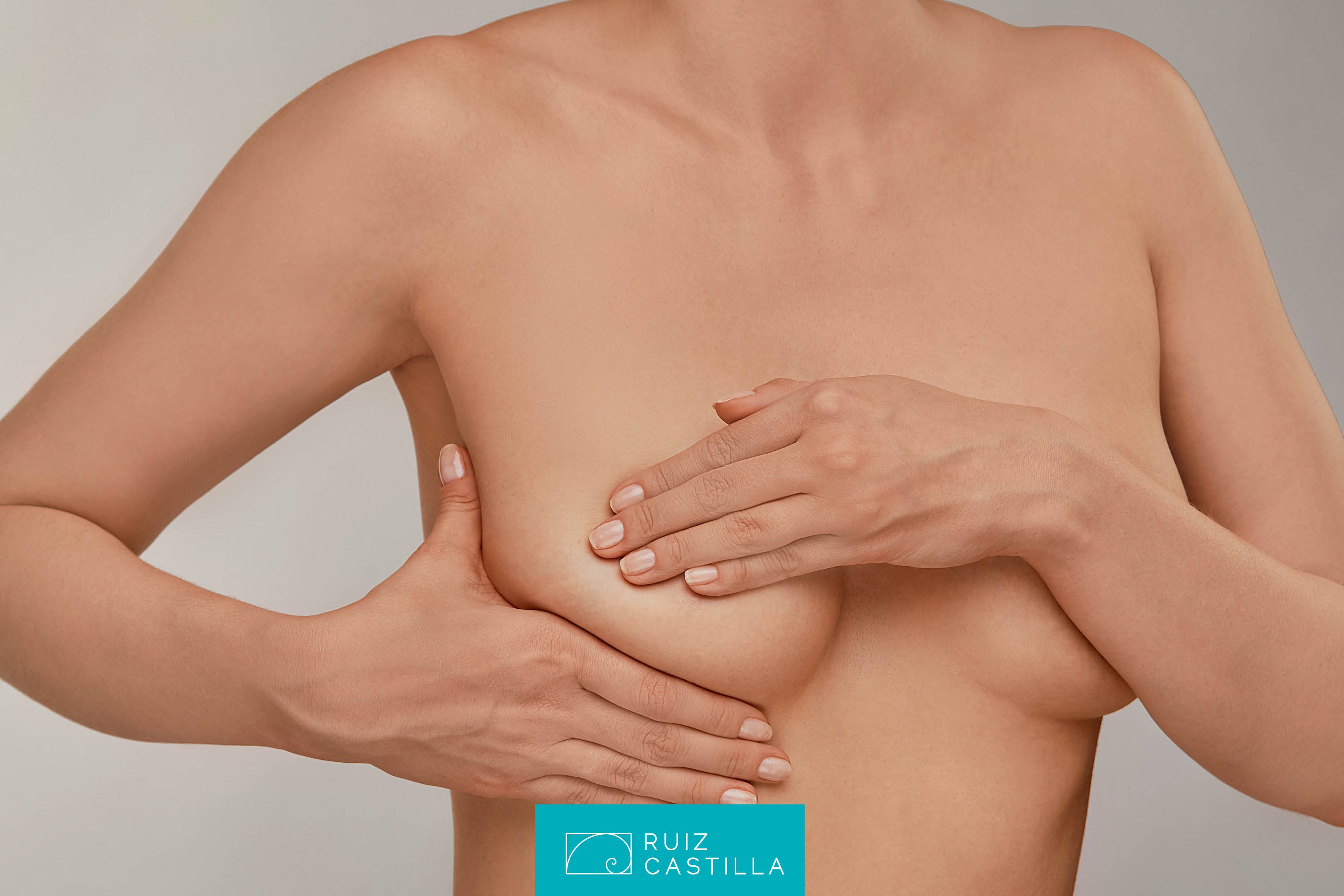Most of what we know today about platelet-rich plasma (PRP) comes from dermatology and aesthetic medicine, but it was originally used to reconstruct tissues in orthopaedics and trauma.
Regenerative medicine emerged in 1994 when PRP was first applied in jaw reconstruction surgery and was shown to accelerate the consolidation of the bone. Its use then spread to other areas.
In therapies that include PRP, the platelets (and the growth factors they contain) are injected into the dermis. These platelets are obtained by centrifuging a sample of the patient’s own blood.
PRP is indicated in facial photorejuvenation and to counter flaccidity, loss of dermal quality, stretch marks, cellulite and alopecia.
A younger-looking skin without the need for surgery
In the field of dermaesthetics, PRP therapy releases growth factors that stimulate the production and regeneration of collagen, elastin, and other skin components. Patients will see chemical and structural changes in their skin, giving it a much more youthful, smoother look.
PRP is commonly used as a preventive and regenerative treatment and it is recommended when the first signs of aging appear in the skin.
Combinations with other techniques such as mesotherapy, intense pulsed light, peelings, radiofrequency, facial fillers or hyaluronic acid are also possible.
Why does our skin age?
The skin ages due to cell degradation and decreased blood supply to tissues. The passing of time and genetics also have an impact, as do molecular and cellular mechanisms caused by solar exposure, general and cutaneous diseases, hormonal and nutritional disorders, certain medications and toxic habits such as drinking alcohol or smoking.
In general, there are four types of anti-aging treatments: preventive, restorative, curative and palliative.
Restorative treatments repair normal cutaneous metabolism and functionalism of the skin. Without a doubt, the most important one is >strong>biostimulation.
Biostimulation with Platelet Rich Plasma
The term biostimulation covers a set of techniques that activate the anabolic functions of fibroblasts, such as the production of type III collagen, elastin, and hyaluronic acid. Autologous biostimulation is a simple technique performed on an outpatient basis, in which PRP is applied intradermally in order to activate fibroblast functions in a natural manner.
The use of PRP as a source of growth factors represents a new treatment in tissue regeneration and healing.
How is it obtained?
PRP is an autologous material, which means that it’s obtained from the patient herself.
In this process, 10 to 20 centimeters of venous blood is carefully extracted and stored in anticoagulant tubes, and then centrifuged.
After centrifugation, the patient’s blood is divided into various fractions.
The intermediate fraction contains PRP, which is the component with regenerative and biostimulatory activity.
This procedure only takes around 20 minutes.
How does PRP work?
With the passing of time, the skin loses hydration, elasticity and firmness, as well as its capacity to regenerate. To reach its optimal state, the skin needs to achieve a balance between factors such as temperature, pH, hydration, elasticity, sebum production and the degree of desquamation.
This state ultimately depends on the proper functioning of the cells that make up the different layers of the skin, among them fibroblasts, corneocytes and adipocytes. Hence the interest in preserving the barrier function retaining high levels of water. When applied as a tissue regenerator, PRP has the following effects:
- It increases skin tightness.
- It reduces wrinkles.
- It increases skin glow.
- It doesn’t change facial expression.
- It generates biostimulation of the treated areas.
- It is compatible with other aesthetic treatments.
- It increases hydration and gives a feeling of freshness.
When should PRP be applied?
The treatment is recommended as a preventive measure – at the age of 30, for example, to slow down the aging process.
For regenerative and corrective purposes, three sessions are recommended over a three-month period. The treatment is then personalized, usually with one maintenance session per year.
Improvements can be seen after the first days, and the greatest effect is seen after 20 or 30 days; it then stabilizes over the next few months.
Indications of PRP therapy:
- Facial rejuvenation.
- Hair biostimulation.
- Improvement of skin, scars, stretch marks and cellulite.
- Scar formation of chronic ulcers or wounds.
- For the survival and duration of fat grafts in breasts, calves, the face, sunken scars, filling tissue defects caused by trauma or surgery.
Advantages and complications:
There are hardly any complications with PRP therapy. Here’s why:
- No allergic reactions are possible, as the PRP is obtained from the patient herself.
- It can be performed easily in the doctor’s clinic. The process of extracting and obtaining the platelet-rich growth factor usually takes about 20 minutes.
- The patient’s own blood is used; no other products are handled or added.
- The process is carried out in sterile conditions.
- The doctors who perform it are highly experienced.
Things to bear in mind:
- This is a medical treatment that must be performed by doctors and qualified health staff. The blood sample must be treated in totally aseptic conditions.
- The process has an expiration date, and so it must be completed within a maximum of 3 hours; otherwise the plasma denatures and loses its properties.
- The final result is a yellowish platelet-rich plasma concentrate, with no red or white blood cells.
- It is important to inject the richest plasma fraction to achieve the best possible therapeutic effect.

